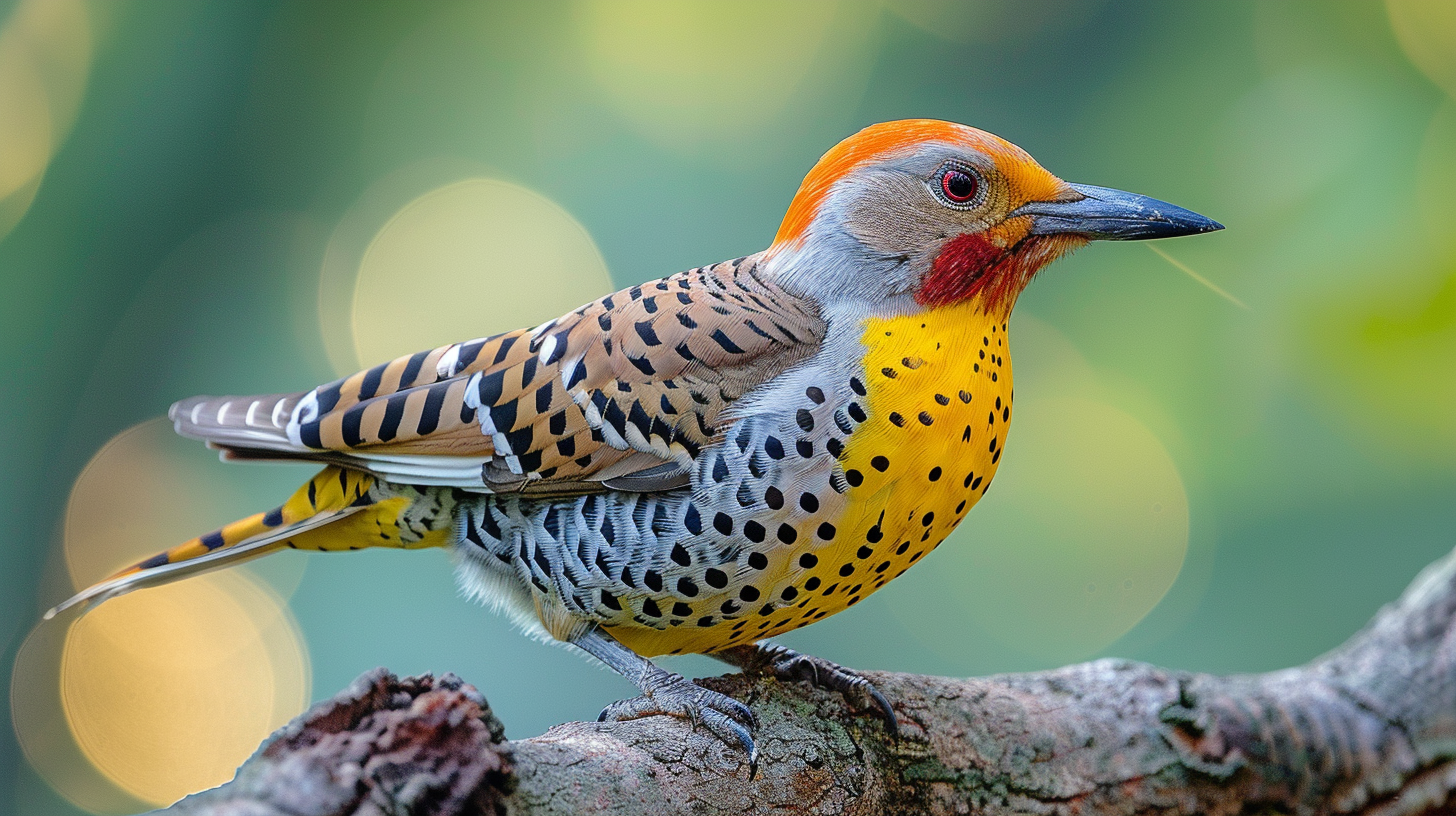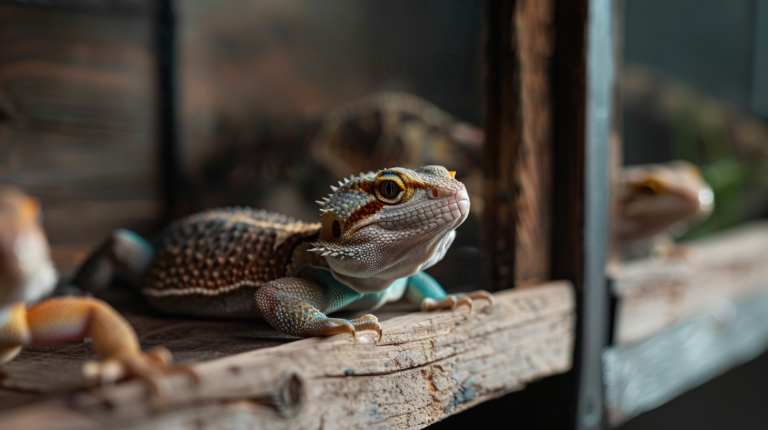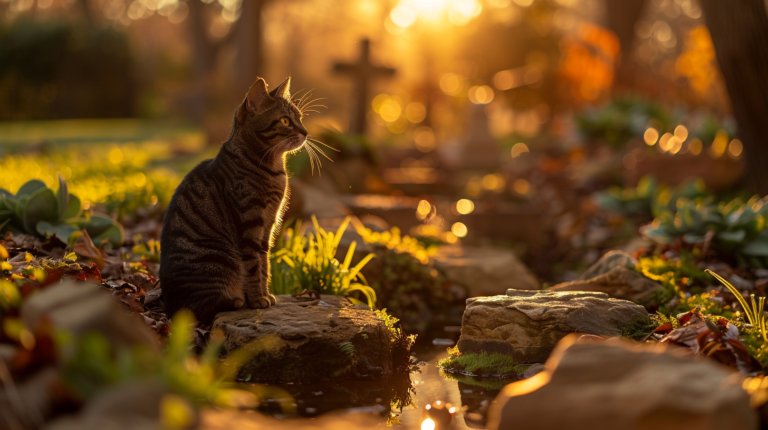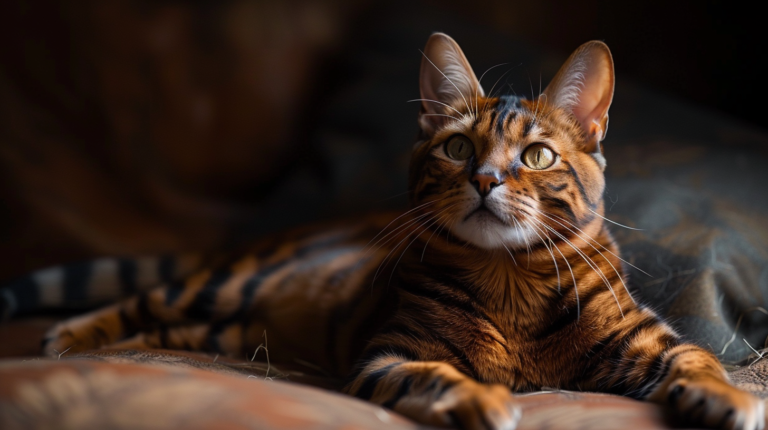Discover fascinating facts about the Alabama State Bird, the Yellowhammer! Learn about this remarkable woodpecker species and how bird knowledge benefits pet owners.
Have you ever wondered what makes the Alabama State Bird so special that it became the official symbol of the Heart of Dixie? The Northern Flicker, commonly known as the Yellowhammer in Alabama, holds secrets that will amaze both bird enthusiasts and pet owners alike. This remarkable woodpecker species has captured the hearts of Alabamians since 1927, and understanding its unique characteristics can enhance your appreciation for all birds—whether wild or domesticated.
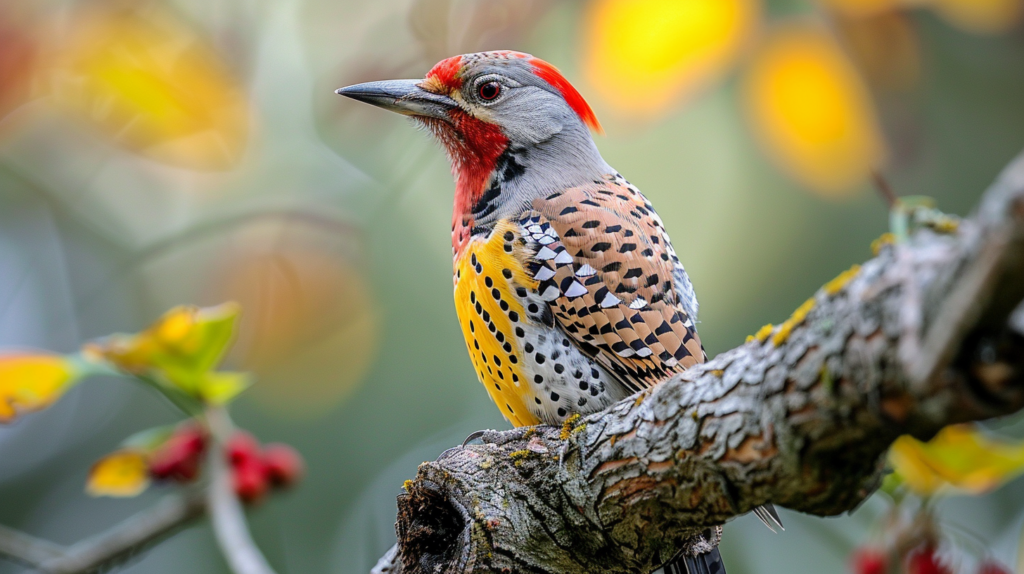
As someone who has spent years observing backyard wildlife in rural Alabama, I’ve witnessed firsthand how understanding native bird behavior has made me a better pet bird owner. The intelligence and adaptability I’ve observed in wild Yellowhammers directly translated to recognizing similar traits in my pet cockatiel, improving our bond and his overall wellbeing.
The Alabama State Bird represents more than just state pride; it embodies the intricate relationship between humans and wildlife that every responsible pet owner should understand. Whether you’re caring for pet birds or simply want to create a bird-friendly environment in your backyard, learning about this fascinating species will enrich your knowledge and appreciation for avian life.
1. The Yellowhammer: Alabama’s Unique Woodpecker
The Alabama State Bird, scientifically known as Colaptes auratus, is unlike any other woodpecker you’ll encounter. Standing 11-12 inches tall with a wingspan reaching 20 inches, this magnificent bird showcases golden-yellow wing shafts that gleam brilliantly in flight—hence the nickname “Yellowhammer.”
What sets this woodpecker apart from its cousins is its ground-foraging behavior. While most woodpeckers spend their time hammering away at tree bark, the Northern Flicker prefers hunting for ants and beetles on the ground. This unique feeding strategy makes them particularly valuable for pest control around homes and properties.
Physical Characteristics That Amaze
The Alabama State Bird displays remarkable sexual dimorphism. Males sport a distinctive black mustache stripe and bright red patch on the back of their heads, while females lack these bold markings. Both sexes feature the characteristic spotted breast pattern and brown-barred back that provides excellent camouflage.
Their specialized anatomy includes a slightly curved bill—perfect for ground foraging—and unusually strong legs for a woodpecker species. These adaptations allow them to hop confidently across lawns and open areas, behavior that distinguishes them from tree-dwelling relatives.
For pet bird owners, observing these natural adaptations can provide insights into proper cage design and enrichment activities. Understanding how wild birds use their environment informs better habitat creation for domesticated species.
2. Historical Significance and State Symbol Status
Alabama adopted the Northern Flicker as its official state bird on September 6, 1927, making it one of the earlier states to designate an avian symbol. The choice wasn’t arbitrary—the Yellowhammer nickname has deep historical roots dating back to the Civil War.
Confederate soldiers from Alabama wore distinctive yellow trim on their uniforms, earning them the moniker “Yellowhammer troops.” This military connection created a lasting bond between the state’s identity and the golden-hued bird that shares the same nickname.
Civil War Connection and Cultural Impact
The Alabama State Bird became intertwined with state pride through this historical association. Alabama soldiers’ bravery and distinctive yellow-trimmed uniforms made the Yellowhammer symbolism meaningful to residents long before official designation.
This cultural significance extends beyond mere symbolism. The bird represents Alabama’s natural heritage and the importance of wildlife conservation—values that resonate strongly with modern pet owners who understand the responsibility of caring for animals.
Understanding this historical context helps pet enthusiasts appreciate the deeper connection between human society and bird species, whether wild or domesticated.
3. Remarkable Migration and Seasonal Behavior Patterns
Unlike many woodpecker species that remain year-round residents, the Alabama State Bird exhibits fascinating migratory patterns. Northern populations migrate south for winter, while Alabama’s resident Yellowhammers may move locally in response to food availability and weather conditions.
During breeding season (April through July), these birds display complex courtship behaviors including elaborate drumming sequences and aerial displays. Males create distinctive rhythmic patterns on resonant surfaces—metal roofing, hollow trees, or even suburban gutters—to attract mates and establish territory.
Seasonal Diet Changes
The Alabama State Bird demonstrates remarkable dietary flexibility throughout the year. Spring and summer diets consist primarily of insects, particularly ants, which can comprise up to 75% of their food intake. Fall and winter months see a shift toward fruits, seeds, and nuts.
This seasonal adaptability offers valuable lessons for pet bird nutrition. Just as wild Yellowhammers adjust their diet based on availability and nutritional needs, pet birds benefit from varied, seasonally-appropriate food offerings that mimic natural feeding patterns.
Table 1 – Seasonal Diet Comparison: Wild vs. Pet Birds
| Season | Wild Yellowhammer Diet | Recommended Pet Bird Diet |
|---|---|---|
| Spring | 75% insects, 25% plant matter | High-protein pellets, sprouted seeds |
| Summer | 80% insects, 20% fruits/seeds | Fresh insects (if appropriate), varied fruits |
| Fall | 40% insects, 60% nuts/seeds | Increased healthy fats, nuts, seeds |
| Winter | 20% insects, 80% plant matter | Warming foods, dried fruits, pellets |
4. Unique Feeding Habits That Benefit Ecosystems
The Alabama State Bird serves as nature’s pest control specialist, consuming thousands of ants annually. A single Yellowhammer can eat up to 5,000 ants per day during peak season, making them invaluable allies for homeowners and farmers alike.
Their ground-foraging technique involves a distinctive probing method using their slightly curved bills to extract insects from soil and grass. This behavior creates small holes in lawns—often mistaken for damage but actually indicating healthy pest management in action.
Ant Specialist Extraordinaire
The Alabama State Bird possesses a specialized tongue that extends up to 4 inches beyond its bill tip, equipped with sticky saliva and backward-facing barbs perfect for extracting ants from deep tunnels. This remarkable adaptation makes them incredibly efficient ant predators.
For property owners, encouraging Yellowhammer presence provides natural, chemical-free pest control. Creating bird-friendly environments benefits both wild populations and reduces the need for harmful pesticides that could affect pet animals.
Pet bird owners can appreciate this specialized feeding behavior by understanding how beak shape and tongue structure influence dietary needs in their own feathered companions.
5. Exceptional Vocal Communication and Drumming
The Alabama State Bird communicates through a sophisticated system of vocalizations and drumming patterns. Their most recognizable call—a loud, ringing “kleer-kleer-kleer”—can be heard over considerable distances and serves multiple purposes from territory marking to mate attraction.
Drumming behavior in Yellowhammers differs significantly from other woodpecker species. Rather than rapid-fire drilling, they produce slower, more deliberate rhythmic patterns that can last up to 25 seconds. These drumming sequences vary by individual, creating unique “signatures” that other birds recognize.
Complex Social Communication
The Alabama State Bird employs at least 12 distinct vocalizations, each serving specific social functions. These range from soft contact calls between mated pairs to aggressive territorial displays directed at intruders.
Understanding these natural communication patterns helps pet bird owners recognize the importance of vocalization in their own birds’ emotional wellbeing. Providing opportunities for “conversation” and responding appropriately to different calls strengthens the human-bird bond.
Research indicates that birds with varied vocal repertoires typically demonstrate higher intelligence and better problem-solving abilities—traits valuable in both wild and captive situations.
6. Nesting Behavior and Parental Care Excellence
The Alabama State Bird exhibits remarkable dedication to family life, with both parents sharing equally in nest construction, incubation, and chick-rearing duties. They excavate nest cavities in dead or dying trees, creating chambers 6-8 inches wide and 10-18 inches deep.
Nest construction requires 6-12 days of intensive work, with both adults taking turns excavating. The resulting cavity provides protection from predators and weather while maintaining optimal temperature and humidity for developing eggs.
Cooperative Parenting Model
Male and female Alabama State Birds alternate incubation duties in precise 1-2 hour shifts over the 11-13 day incubation period. This shared responsibility continues through the 24-28 day nestling period, with parents making up to 100 feeding trips per day.
Young Yellowhammers receive primarily regurgitated insects for the first week, gradually transitioning to whole prey items as they mature. This careful dietary progression ensures proper development and prepares juveniles for independent foraging.
Pet bird breeders can learn valuable lessons from these natural parenting behaviors, particularly regarding the importance of both parents in chick development and the gradual introduction of varied foods.
Table 2 – Yellowhammer Breeding Timeline
| Stage | Duration | Key Activities | Implications for Pet Birds |
|---|---|---|---|
| Nest Building | 6-12 days | Excavation, cavity preparation | Importance of proper nesting materials |
| Egg Laying | 3-8 days | 1 egg per day, 5-8 total | Understanding laying cycles |
| Incubation | 11-13 days | Shared parental duties | Both parents crucial for success |
| Nestling Care | 24-28 days | Intensive feeding, protection | Proper nutrition during development |
| Fledgling Stage | 2-3 weeks | Learning independence | Gradual transition to adult diet |
7. Conservation Status and Environmental Importance
The Alabama State Bird currently maintains stable populations throughout its range, though habitat loss presents ongoing challenges. Suburban development and intensive agriculture reduce suitable nesting sites and foraging areas, particularly the dead trees essential for cavity excavation.
Climate change affects migration timing and food availability, requiring these adaptable birds to adjust traditional patterns. Urban expansion creates both opportunities and obstacles, with some Yellowhammers thriving in parks and golf courses while others struggle with increased competition and human disturbance.
Role in Ecosystem Health
The Alabama State Bird serves as an indicator species for ecosystem health. Their presence suggests balanced insect populations, adequate dead wood for nesting, and minimal pesticide contamination. Declining Yellowhammer numbers often signal broader environmental issues requiring attention.
Their ecosystem services extend beyond pest control. By excavating nest cavities, they create housing for secondary cavity nesters including bluebirds, chickadees, and flying squirrels. This “keystone” behavior supports biodiversity throughout their habitat range.
For more expert pet care tips and product recommendations, visit BlithePet.com — your trusted source for pet wellness.
Expert Tips for Supporting Alabama State Birds
Understanding the Alabama State Bird enables wildlife enthusiasts and pet owners to create supportive environments that benefit both wild and domesticated birds. Here are eight actionable strategies:
1. Preserve Dead Trees When Safe
Maintain standing dead trees (snags) on your property when they don’t pose safety risks. These provide essential nesting sites for Alabama State Birds and numerous other cavity-nesting species.
2. Reduce Pesticide Use
Minimize or eliminate pesticide applications that reduce insect populations. Yellowhammers depend on abundant ant and beetle populations for successful breeding and survival.
3. Create Ground Foraging Areas
Maintain areas of short grass or bare soil where Alabama State Birds can easily access ground-dwelling insects. Avoid excessive mulching in these zones.
4. Provide Water Sources
Install shallow water features like birdbaths or small ponds. Yellowhammers require reliable water sources for drinking and bathing, particularly during dry periods.
5. Plant Native Trees and Shrubs
Choose native species that support local insect populations and provide natural food sources. Oak, hickory, and pine trees offer both nesting opportunities and seasonal foods.
6. Install Nest Boxes Properly
When natural cavities are scarce, properly sized nest boxes can supplement nesting sites. Boxes should measure 7x7x18 inches with 2.5-inch entrance holes.
7. Monitor Window Strikes
Position bird feeders and baths either very close (within 3 feet) or far away (beyond 30 feet) from windows to prevent collision injuries that commonly affect ground-foraging species.
8. Support Habitat Conservation
Participate in local conservation efforts and support organizations working to preserve woodland habitats essential for Alabama State Bird populations.
Warning Signs: When Yellowhammers Need Help
Recognizing distressed Alabama State Birds helps wildlife rehabilitators provide timely assistance. Watch for these concerning behaviors:
Physical Symptoms:
- Visible injuries, drooping wings, or inability to fly
- Lethargy or allowing close human approach
- Discharge from eyes, nose, or mouth
- Obvious parasites or damaged feathers
Behavioral Changes:
- Repeatedly flying into windows or structures
- Sitting motionless for extended periods
- Unusual vocalizations or silence when normally vocal
- Inability to maintain normal posture
Environmental Concerns:
- Birds found in inappropriate locations (indoors, urban areas without green space)
- Young birds on the ground outside normal fledgling season
- Multiple birds showing similar symptoms
When to Contact Professionals: Never attempt to treat injured Alabama State Birds yourself. Contact licensed wildlife rehabilitators immediately when observing concerning symptoms. Many states require special permits for handling native bird species.
Common Mistakes in Yellowhammer Conservation
Well-intentioned efforts sometimes harm Alabama State Bird populations. Avoid these common errors:
Mistake 1: Removing All Dead Trees Many property owners automatically remove dead trees, eliminating crucial nesting sites. Assess each snag individually, removing only those posing immediate safety threats.
Mistake 2: Over-Cleaning Yards Excessive yard maintenance removes the insects and ground cover that Alabama State Birds need for foraging. Maintain some “messy” areas with leaf litter and fallen logs.
Mistake 3: Using Inappropriate Nest Boxes Standard songbird houses are too small for Yellowhammers. Improper dimensions waste resources and may attract inappropriate species that compete with target birds.
Mistake 4: Feeding Inappropriate Foods While bird feeding can supplement natural diets, offering bread, processed foods, or excessive seeds creates nutritional imbalances. Focus on supporting natural food sources instead.
Mistake 5: Ignoring Window Strike Prevention Failing to address window strikes—a leading cause of bird mortality—shows lack of awareness about this easily preventable threat to Alabama State Birds.
Step-by-Step Guide: Creating Yellowhammer-Friendly Habitats
Transform your property into a welcoming environment for the Alabama State Bird with this comprehensive approach:
Phase 1: Assessment (Week 1)
- Survey existing vegetation, identifying native species and invasive plants
- Locate potential nesting sites including dead trees, large mature trees, and artificial structures
- Document current bird activity patterns and species present
- Note water sources, food availability, and potential hazards
Phase 2: Immediate Improvements (Weeks 2-4)
- Install or reposition bird baths and water features
- Remove or modify window strike hazards
- Create brush piles from pruned branches for insect habitat
- Establish pesticide-free zones in key foraging areas
Phase 3: Vegetation Management (Months 2-6)
- Remove invasive plant species that don’t support local wildlife
- Plant native trees and shrubs known to attract insects
- Create edge habitats where forest meets open area
- Maintain areas of short grass for ground foraging
Phase 4: Long-term Habitat Development (Year 1+)
- Allow natural succession in designated areas
- Monitor and maintain installed features
- Document Alabama State Bird usage and adjust management accordingly
- Share successful strategies with neighbors to create connected habitats
Myth-Busting: Facts vs. Fiction About Alabama State Birds
Myth 1: Yellowhammers Damage Trees Reality: The Alabama State Bird primarily forages on the ground and creates nest cavities only in dead or dying wood. They don’t harm healthy trees and actually benefit forests by controlling pest insects.
Myth 2: They’re Just “Common” Woodpeckers Reality: Yellowhammers possess unique adaptations and behaviors that distinguish them from other woodpecker species. Their ground-foraging specialization and complex social behaviors make them remarkable birds worthy of state symbol status.
Myth 3: Providing Nest Boxes Hurts Wild Populations Reality: Properly designed and maintained nest boxes supplement natural cavity availability without creating dependency. They’re particularly valuable in areas where dead trees have been removed for safety reasons.
Research from Auburn University demonstrates that Alabama State Bird populations benefit from appropriate human intervention when natural habitat features become scarce due to development or intensive land management.
Understanding Pet Bird Connections
Knowledge of the Alabama State Bird enhances pet bird care through several important connections:
Behavioral Understanding: Wild bird behaviors inform proper enrichment for captive birds. Understanding natural foraging patterns helps design engaging activities for pet birds.
Nutritional Insights: Seasonal dietary changes in wild Alabama State Birds guide appropriate nutrition planning for pet species with similar natural histories.
Environmental Needs: Observing wild bird habitat preferences informs cage design, placement, and environmental enrichment for domesticated birds.
Health Monitoring: Recognizing normal behaviors in wild birds helps identify when pet birds exhibit concerning changes requiring veterinary attention.
Conservation Awareness: Understanding wild bird conservation challenges creates more responsible pet ownership and support for habitat preservation efforts.
Table 3 – Wild vs. Pet Bird Care Parallels
| Wild Behavior | Pet Bird Application | Benefits |
|---|---|---|
| Ground foraging | Floor feeding opportunities | Mental stimulation, natural behavior |
| Cavity nesting | Enclosed sleeping areas | Security, stress reduction |
| Social communication | Interactive play, talking | Bonding, emotional wellbeing |
| Seasonal diet changes | Varied nutrition programs | Optimal health, natural cycles |
| Territory defense | Consistent cage placement | Reduced stress, security |
| Pair bonding | Human interaction quality | Trust building, companionship |
Conclusion: Celebrating Alabama’s Feathered Heritage
The Alabama State Bird represents far more than state symbolism—it embodies the intricate relationships between wildlife, environment, and responsible pet ownership. Understanding these remarkable Yellowhammers enriches our appreciation for all birds, whether soaring freely through Alabama forests or sharing our homes as beloved companions.
From their unique ground-foraging behaviors to their essential ecosystem services, Alabama State Birds demonstrate the complexity and wonder of avian life. Their adaptability, intelligence, and social behaviors offer valuable lessons for pet bird enthusiasts seeking to provide optimal care for their feathered family members.
The historical significance connecting Alabama’s military heritage to this distinctive woodpecker creates a deeper appreciation for the state’s natural and cultural legacy. By supporting Yellowhammer conservation through habitat preservation and responsible environmental practices, we honor both Alabama’s past and its ecological future.
Whether you’re a longtime Alabama resident, a visiting bird enthusiast, or a pet owner seeking to understand avian behaviors, the Alabama State Bird provides endless opportunities for learning and wonder. Their presence in backyards, parks, and wild spaces connects us to the natural world while reminding us of our responsibility to protect and preserve wildlife for future generations.
Have a similar experience with your pet or observing wild birds? Share it in the comments below! Don’t forget to check out our other helpful guides at BlithePet.com.

